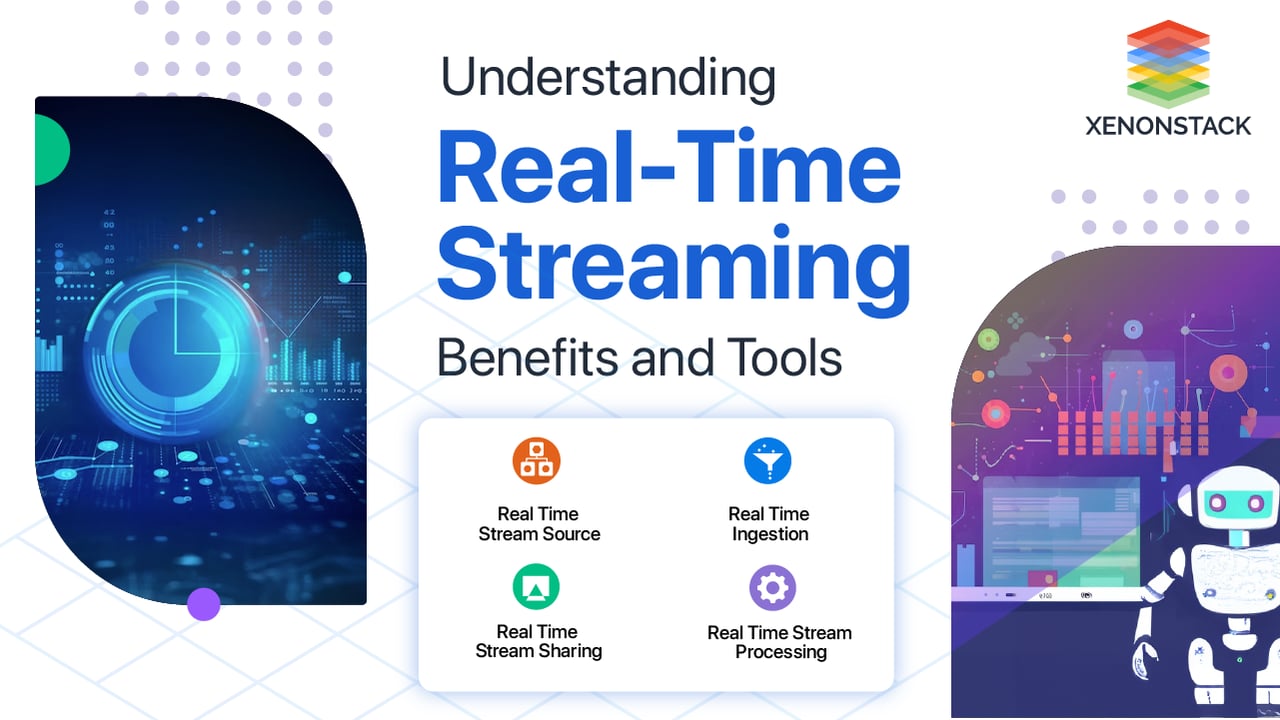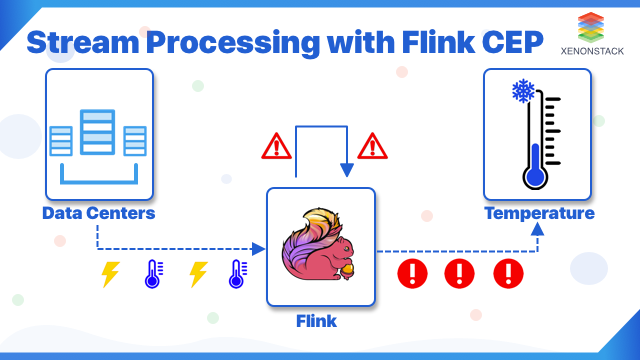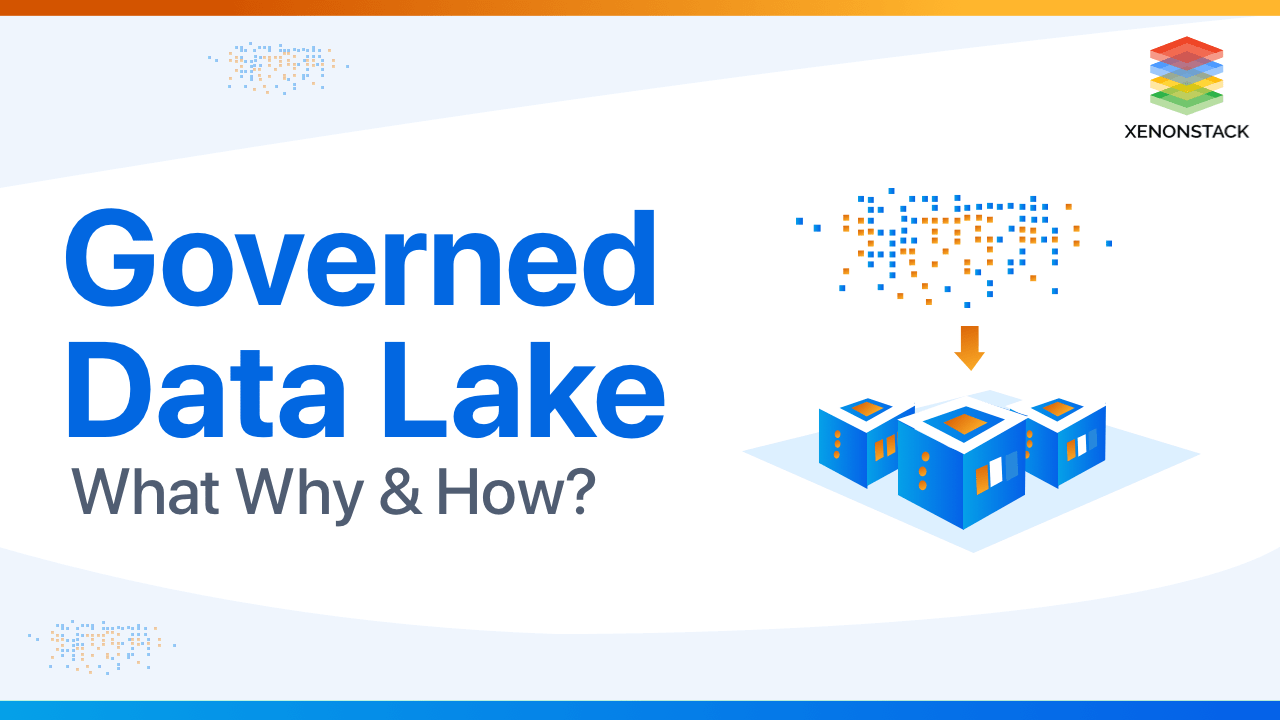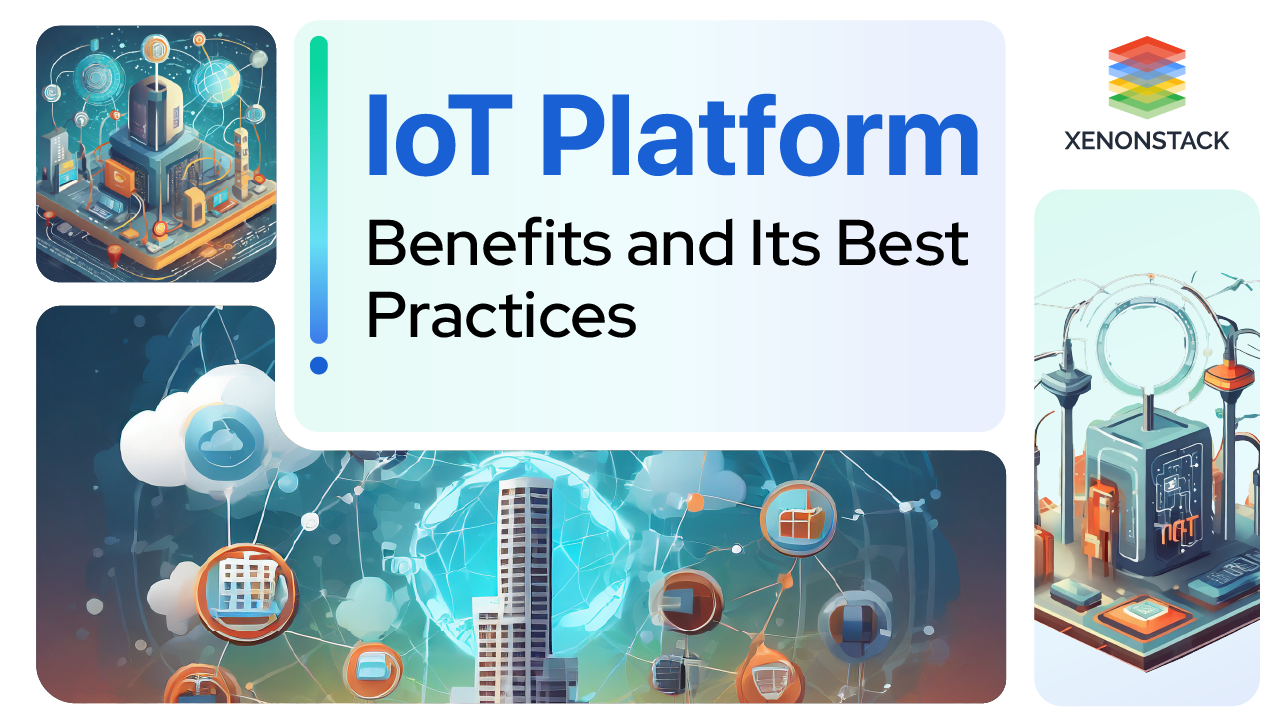
Real-time data streaming analytics is a powerful process that enables organizations to extract valuable insights from the massive volumes of data they generate or consume. By leveraging data streaming platforms like Apache Kafka and Apache Spark, organizations can process and analyze data as it is produced across various domains, such as banks, stock exchanges, and global branches. This real-time data is then fed into interactive analytics dashboards, providing users and administrators with immediate insights. Real-time analytics serves several key purposes, including the ability to report both historical and current data simultaneously, trigger alerts based on predefined thresholds, and support operational decisions in real-time. Additionally, it supports the application of machine learning models for predictive or prescriptive analytics and enables the creation of dynamic dashboards that update continuously with the changing data. In combination with big data processing technologies, real-time analytics empowers businesses to make informed decisions rapidly, leveraging both current and historical data concurrently.
-
To report historical data and current data concurrently.
-
For receiving alerts based on certain predefined parameters.
-
To build operational decisions and apply them to business processes or on other production activities based on a real-time and ongoing basis.
-
To apply pre-existing prescriptive models or predictive models.
-
For the outlook of real-time displays or dashboards in real-time on constantly changing datasets.
What is real-time Time Streaming?
Real-time streaming is a dynamic process that enables fast data processing using data ingestion tools and stream processing frameworks. By extracting insights in real time, businesses can quickly respond to changing conditions. Unlike the traditional database model, which stores and processes data, event-driven architecture handles data while it’s in motion. Predictive analytics and IoT data streaming enhance this by forecasting trends and analyzing data from connected devices. Finally, data visualization techniques present real-time insights through interactive dashboards, offering businesses a powerful way to monitor and act on live data
- E-Commerce
- Pricing and analytics
- Network Monitoring
- Risk Management
- Fraud Detection
Why we need Real Time Streaming?
We need Real Time Streaming because we all already know that distributed file systems such as Hadoop, S3, and other distributed file systems support data processing in large volumes. On the other hand, we can also query them using their different frameworks, like Hive, which uses MapReduce as its execution engine. Many organizations are trying to collect as much data as they can regarding their products, services, or even their organizational activities, like tracking employees' activities through various methods used as log tracking and taking screenshots at regular intervals.
So with the help of this data, Data Engineering allows us to convert this data into some particular basic formats, and further data analysts turn this data into some useful results which help the organization in several ways, such as helping in improving their customer experiences and also boost their team member’s productivity. But on the other hand, whenever we are talking about real-time analytics, fraud detection, or log analytics, then this is not the way to process our data. The actual value data is in processing or acting upon it at the instant it receives.
Benefits of Real Time Streaming and Analytics
The benefits of Real Time streaming and analytics are below:
1. Data Visualization
A set of historical datasets can be placed on a single screen to represent an overall point. Still, on the other hand, streaming data can be visualized so that it updates in Real-Time Monitoring to display what is occurring every second.
2. Business Insights
When it's about business, real-time analytics can be used for receiving alerts based on certain and predefined parameters. For example, if any store there is a drop in sales, then an alert can be triggered to tell management about the serious problem. Increase competitiveness: Real-time analytics helps companies surpass competitors who are still based on batch processing analysis.
3. Security
Take an example of fraud detection, fraud can be detected immediately whenever it happens, and proper safety precautions can be taken to limit the damage.
Limitations of Real Time Streaming and Analytics
-
Compatibility: In the case of historical big data analytics, Hadoop is the most widely used tool, but in the case of streaming and real-time data, it is not. The better options are spark streaming, Apache Samza, Apache Flink, or Apache Storm.
-
System Failure: In terms of business, real-time analytics or handling data at rapid rates is not an easy job. It could lead to faulty analysis or even sometimes system failure.
Real Time Data Streaming Architecture
It refers to the infrastructure and processes used to capture, process, and analyze data in real time. The architecture typically consists of four main components: data sources, data ingestion, data processing, and data delivery. Let's explore each of these components in more detail.
1. Data Sources
Data sources refer to the various systems and devices that generate data. These include sensors, social media platforms, transactional databases, web applications, and more. These data sources can generate vast amounts of data, often in unstructured or semi-structured formats, making it challenging to process and analyze.
2. Data Ingestion
The data ingestion component collects, filters, and formats the data for processing. The ingestion process typically involves several steps, including data validation, data normalization, and data enrichment. Once the data is formatted correctly, it can be sent to the processing component for further analysis.
3. Data Processing
The data processing component analyzes the data and generates insights in real-time. This component can include various tools and technologies such as machine learning algorithms, statistical models, and data visualization tools. The data processing component aims to identify data patterns, trends, and anomalies to inform business decisions.
4. Data Delivery
The final component of the real time data streaming architecture is data delivery. This component is responsible for delivering the insights generated by the data processing component to end-users. This can include dashboards, alerts, reports, and APIs.
What is the Real-Time Analytic Platform?
The Real-time analytics platform consists of the following steps:-
-
The Real Time Stream Sources
-
Real Time Stream Ingestion
-
The Real Time Stream Storage
-
Real Time Stream Processing
Real-Time Stream Sources
For real-time analytics, the first major need is sourced from where real-time data originate. There are many sources of streaming data:-
- Sensor Data
The sensor is the device's output that measures a physical quantity and transforms it into a digital signal.
- Social Media Stream
Social media streaming like a Twitter feed, Facebook, Instagram, YouTube, Pinterest, and Tumblr.
- ClickStream
The stream contains the data about which pages the website visits and in what order.
Best Real-Time Stream Ingestion Tools?
Now there is a need to ingest the streams which are coming from real-time stream sources. So there are various open-source tools in the market through which we can ingest the stream, and some of them are below:-
Explore in detail about the Real Time Analytics Tools and Benefits
1. Apache NIFI
In simple words, we can say that Apache NiFi is a data ingestion tool. It is an integrated data logistics platform for automating data movement between disparate systems. It provides real-time control that makes managing data movement between any source and destination easy.
Apache NiFi supports disparate and distributed sources of differing formats, schemas, protocols, speeds, and sizes, such as machines, geolocation devices, clickstreams, files, social feeds, log files and videos, and more. It is configurable plumbing for moving data around, similar to how FedEx, UPS, or other courier delivery services move parcels around. Apache NiFi also allows us to trace our data in real-time, just like we could trace a delivery.
2. Apache StreamSets
StreamSets is also a data ingestion tool similar to NIFI. StreamSets is a data operations platform where we can efficiently develop batch and streaming dataflows, further operate them with full visibility and control, and easily evolve our architecture over time.
Apache Beam is an open-source unified programming model used to define and execute data processing pipelines. Source: Apache Beam Architecture
What are the Real Time Stream Storage Sources?
Further, we need storage in which we can ingest the stream. Many open-source stream storages are available in the market. Some of them are below:-
- Apache Kafka
Kafka is beneficial for building real-time data pipelines and streaming apps. It is horizontally scalable, fault-tolerant, wicked fast, and runs in production in thousands of companies.
- Apache Pulsar
Apache Pulsar is an open-source distributed pub-sub messaging system created at Yahoo and is now part of the Apache Software Foundation.
- NATS.IO
NATS Server is a simple, high-performance open-source messaging system for cloud-native applications, IoT messaging, and microservices architectures.
Real-Time Stream Processing
Some open-source data streaming platforms are available in the market which is best for processing the streaming data, and some of them are below:-
-
Apache Spark
Apache Spark is a unified analytics engine for large-scale data processing. Basically, Apache Spark is a computing technology design, especially for faster computation. Spark has been designed to cover batch applications, interactive queries, algorithms, and streaming. The main feature of spark is that it is in-memory cluster computing which means that this will increase the processing speed of an application.
Explore more about Apache Spark Architecture and Use Cases
-
Apache Apex
-
Apache Flink
Apache Flink is an open-source stream processing framework for distributed, high-performance, and data-accurate data streaming applications. Flink also supports batch processing as a special case of stream processing.
-
Apache Storm
Apache Storm is also a free and open-source distributed real-time computation system similar to the above processing systems. The storm is very simple and also useful with any programming language. The storm is extremely fast, with the ability to process over a million records per second per node on a cluster of modest size. The main features of Storm are that it is fast, scalable, fault-tolerant, reliable, and easy to operate.
Deep dive into Apache Storm Security with KerberosApache Storm Security with Kerberos
- Apache Beam
Apache Beam is a unified programming model used for implementing batch and streaming data processing jobs that run on any execution engine. The main features of Apache Beam are that it is unified, portable, and Extensible. It works with any processing engine like Apache Spark, Flink, Apache Apex, Google Cloud Dataflow, and Apache Gear pump.

Use Cases of Real-Time Data Streaming
Now that we have explored the various components of the real-time data streaming architecture let's look at some of the use cases for this technology.
1. Fraud Detection
Real time data streaming architecture is widely used in fraud detection applications. By analyzing transaction data in real time, businesses can identify fraudulent activity and take immediate action to prevent losses.
2. Predictive Maintenance
In manufacturing, real time data streaming architecture can monitor equipment performance and predict when maintenance is needed. By detecting issues early, businesses can avoid costly downtime and prevent equipment failure.
Explore more about Predictive Maintenance Services and Solutions
3. Social Media Monitoring
Real time data streaming architecture is also used in social media monitoring applications. Analyzing social media data in real-time allows businesses to identify trends and sentiments and adjust their marketing strategies accordingly.
4. Financial Services
Real time data streaming architecture is also widely used in financial services applications. Businesses can identify trading opportunities and make informed investment decisions by analyzing market data in real-time.
Conclusion
Real Time data streaming and analytics is a process that mainly focuses on the data produced or consumed, or stored within a live environment. The scope of analytics can be from multiple sources. We can import or fetch the data, store it within a system, and execute data analysis algorithms.
- Discover more about Real-Time Streaming Data Visualizations
- Read more Stream Analytics Architecture and Best Practices
- Explore more Batch and Real Time Data Ingestion with Apache NiFi





